[ad_1]
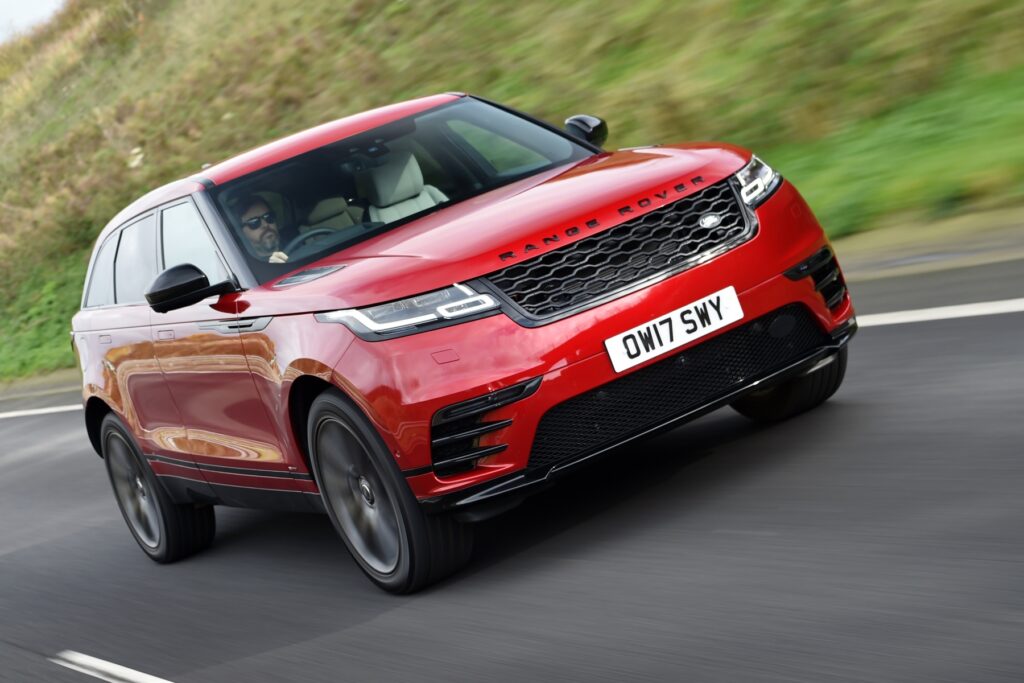
With the engine exhibition concept and the whip of charisma, the Range Rover Velar is on the market like no other SUV.
The big question is whether the Velar is only the feast for the eyes or deserves the legendary Range Rover badge.
Before we crack ourselves, we start with this nickname outside the world. You see Velar (extremely VEL-AR) has a serious history because it was the name of the prototype of the original Range Rover at the end of the 1960s.
The Velar is also the most aerodynamic rover ever with a resistance coefficient of only 0.32. It is slimmer than the siblings, it is warm, beautiful and even has flush door handles that get out on the keychain when pressing “unlocking”.

Almost as long as sport, but almost as low as the Evoque, the Velar has a considerable street presence with a long bonnet, a short front overhang, a long tail and a steep windshield.
Overall, the effect is futuristic and sporty and makes up the chunky, coupé-like approach of some German manufacturers of old hat.
Step on the inside and the new Velar is a revelation. Range Rovers has not improved with the latest Incontrol Touch Pro -infotainment system recently, but the Velar goes one step further and encompasses the new minimalist trend.
The center console is an optimized matter, almost completely without buttons, switches and dials. It is dominated by a two 10-inch high-definition touch screens-part of the new Incontrol Touch Pro Duo system.
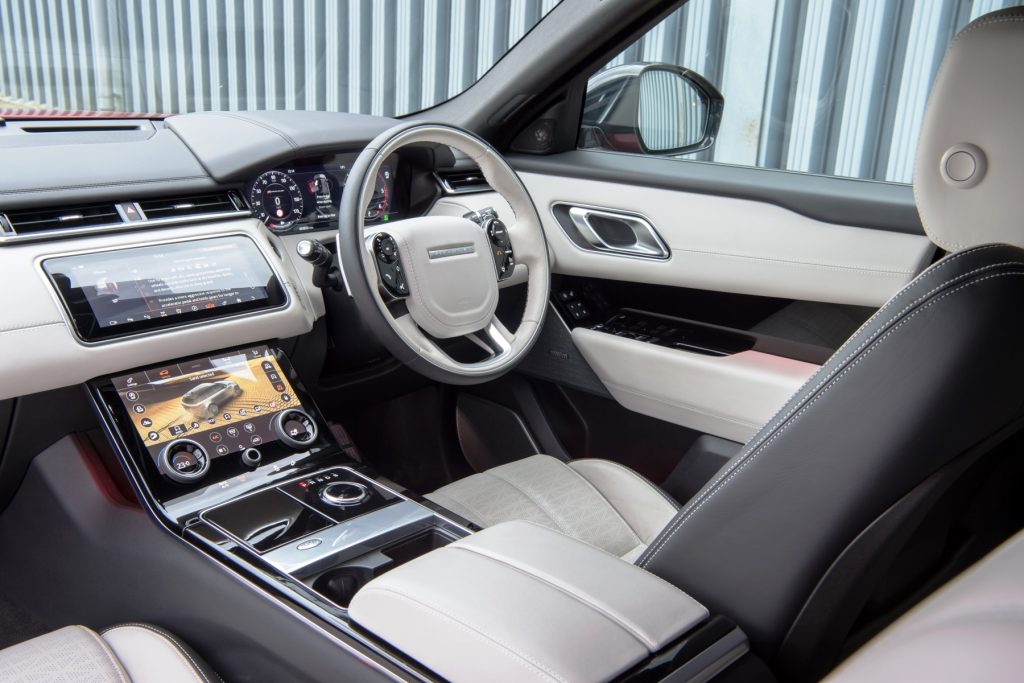
The upper touchscreen can be divided into three panels – for navigation, media and telephone – and the entire screen can be inclined up to 30 degrees.
The lower touchscreen controls the climate control and the reaction of the site, and the buttons are only doubled for a little variety, since the dials are treated everything from seat heating to downhill rides.
Traditionalists will be happy to know that the rotary transmission controller still rises majestically between the seats when the start button is pressed, while the entire interior is bursting with the quality.
Despite its elegant profile, the driving position is still adequately high and there is a great feeling of comfort, space and light at the front. Before the driver there is an (optional head-up dance functions such as speed and basic navigation as well as a 12.3-inch digital dashboard.
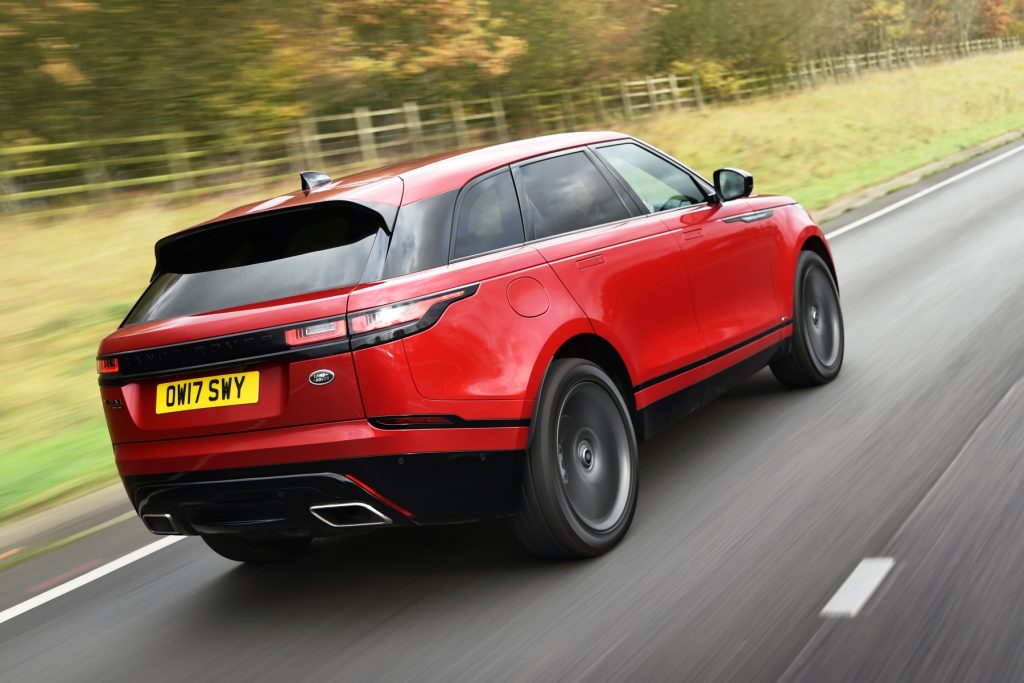
It is also spacious, but not in the limousine feeling that can be found on the larger brothers of the Velar, so passengers can fight six feet or past freedom. On the positive side, the trunk is 673 liters on 1,731 liters appropriate if the rear seats are folded.
For the Velar there is a fixed selection of petrol and diesel engines, which are estimated with a fixed selection of petrol and diesel engines for the bicycle, which with an eighty eight-long automatic transmission with eighth ZF-Eight gang is available.
The area begins with a version of 178 hp and 237 hp and a 2.0-liter four-cylinder diesel engine and a 296-hp V6 twin turbo diesel.
There is also a 2.0-liter four-cylinder petrol unit with expenses of 247 hp and 296 hp as well as a 3.0-liter V6-loaded engine that produces 375 hp.
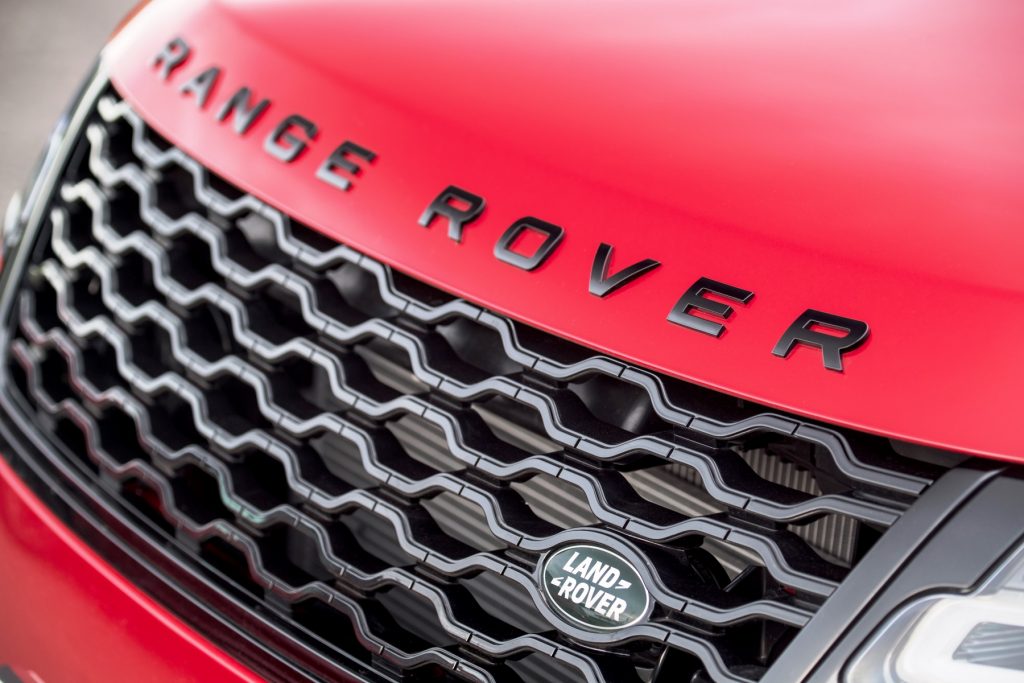
I tested two versions of the bike that are equipped with the diesel classes of 247 hp and 296 hp. The smaller of the two is capable of 6.8 seconds, a top speed of 135 km/h, a fuel consumption of 49.7 MPG and CO2 emissions of 154 g/km.
The D240 is completely respectable and probably the best choice for performance and business. A little rugged, initially, it soon sits down and is well isolated, with good cruises.
The 296 -PS -V6 diesel (D300) is the selection of the engines and offers excellent grunt. It is quick (0-60 km/h in 6.1 seconds and a top speed of 150 km/h), while fuel consumption is a decent 44.1 MPG and CO2 emissions 167 g/km. The D300 is a class.
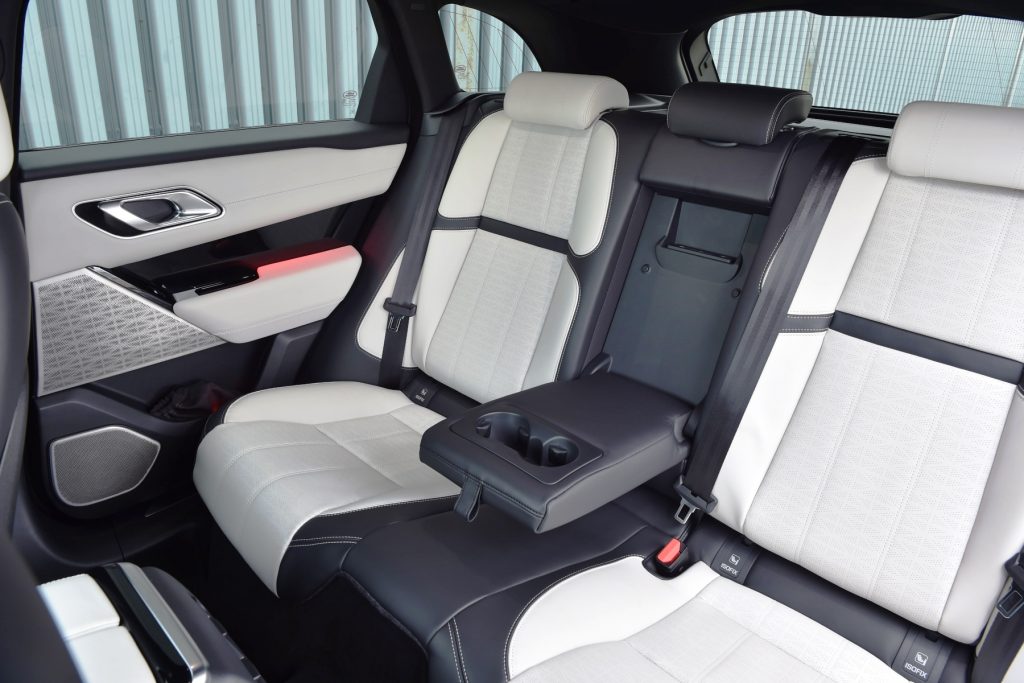
The Velar will be happy in comfort and ÖKO drive modes, but they are always aware that it is a fairly large SUV when it comes to stopping distances and going into the curve on more challenging roads.
However, switch to dynamic mode and a smile will bring on your face. The suspension is stiffened and the body role is well controlled, the engine seems even zealous and generally feels more agile.
Of course, it has a land rover in the heart and also has all-terrain drive modes grass-gravel-Snow, mud and ruts and sand. It may not be entirely agreed with some of his siblings of off-road extremes, but there is everything you would expect with permanent land rover all Wheel Drive, Hill Descent Control (HDC) and Terrain Response as the standard.
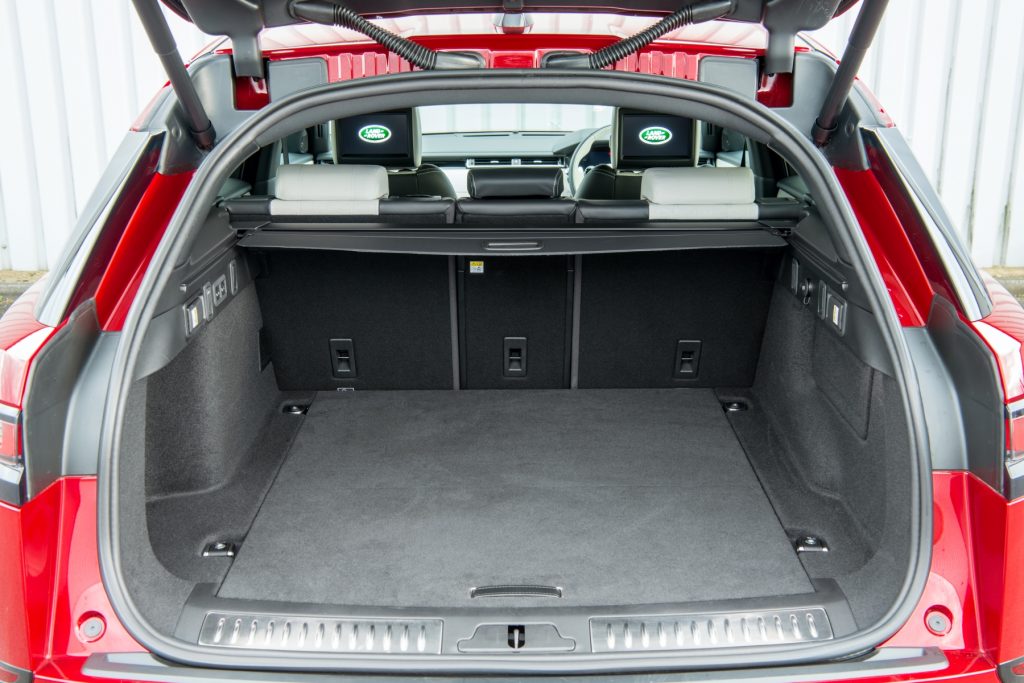
In the meantime, the recognition of drivers helped to recognize pedestrians, the detection of transport traffic and the Lane -Heep Assist, the Velar tests in the detection of transport traffic and the Lane KEEP support in the recognition of reverse traffic authorities at the Detection of pedestrians.
It is also practical. If you have to carry a horset box, a caravan or a trailer, depending on the selection of the engine, you have a braking limit of 2,400-2,500 kg.
Verdict: The Range Rover Velar is not just the coolest 4 × 4 ever, its futuristic interior is nothing less than a revelation. If you have the money to leave out a lavish SUV that dares to be different, this is the car for you.
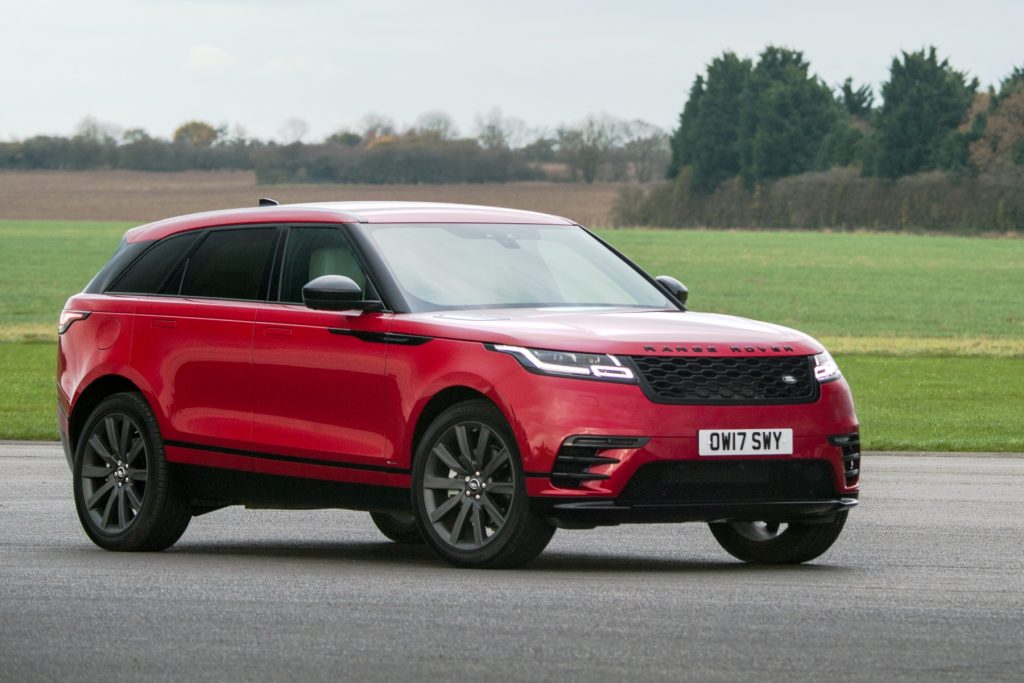
[ad_2]
